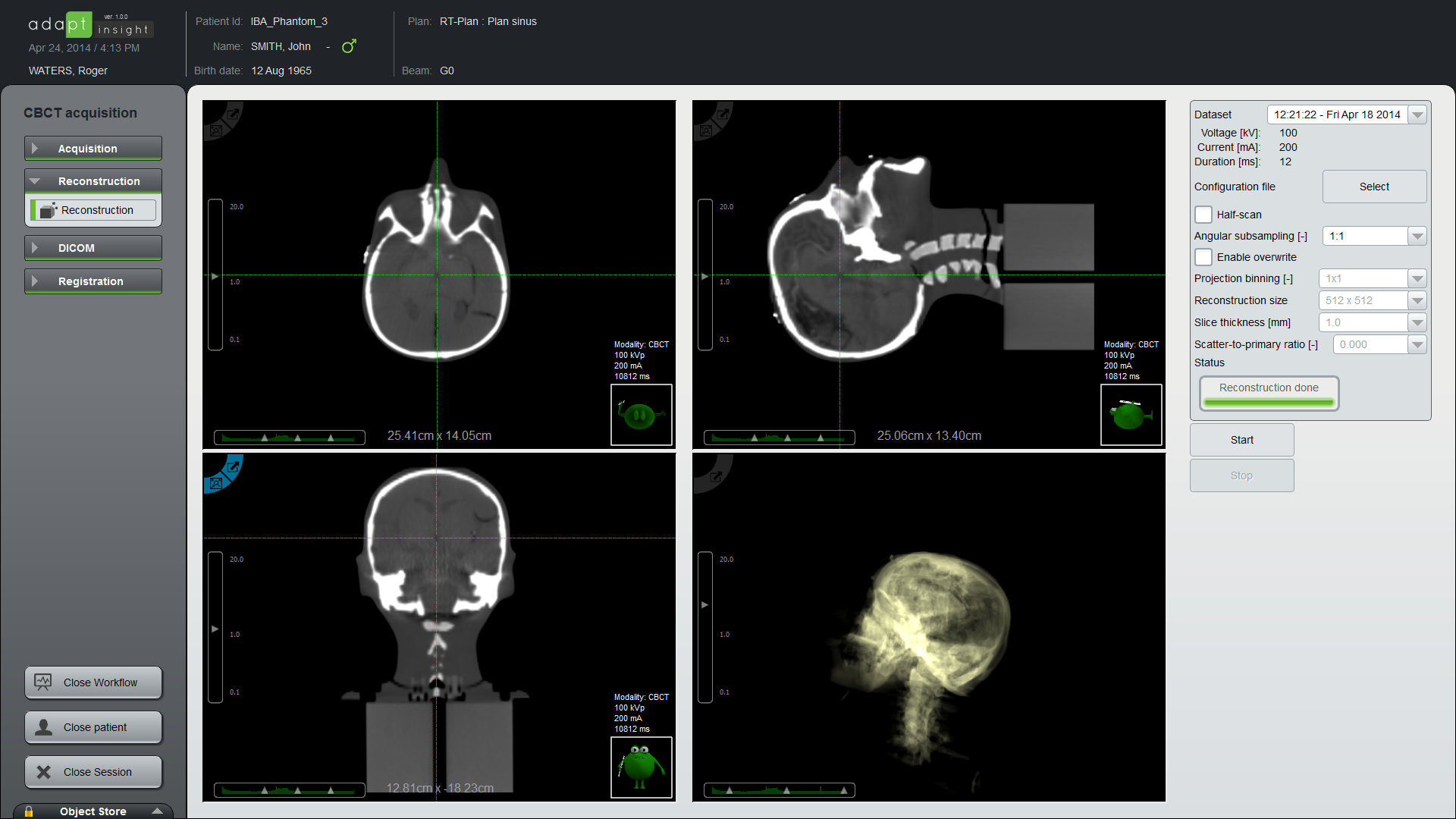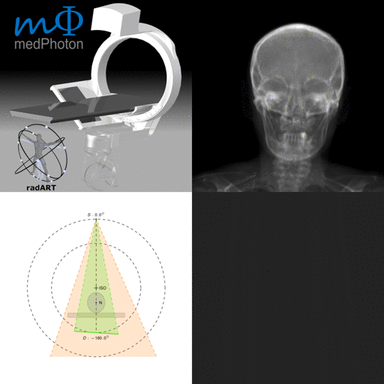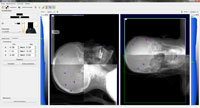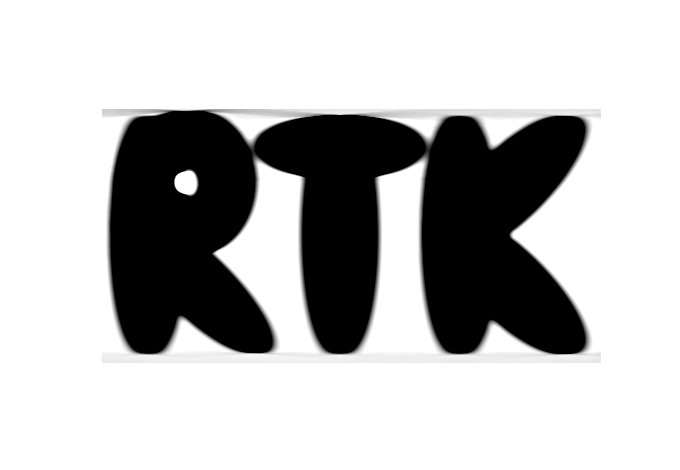Case Studies
RTK is in use at universities, corporations, and research institutions throughout the world. Follow these links to find out how RTK has been used in diverse application areas.
| iMagX:
iMagX is a public-private partnership between the UCLouvain
and IBA, world leader in proton therapy. The team designs and
implements complete imaging solutions. Two of these solutions, a
registration software and a cone beam computed tomography (CBCT)
system, are both based on RTK and are distributed by IBA in adaPT
insight, their certified software suite for patient alignment in
proton therapy.
|
 |
| radART institute:
The radART institute (Paracelsus Medical University, Salzburg) and medPhoton GmbH (Salzburg) use RTK as a basis for their inline cone-beam computed tomography
reconstruction module, namely ORA-CBCT. ORA-CBCT is intending to
support reconstruction from non-isocentric acquisitions besides
standard C-arm trajectories with special focus set on the Patient
Alignment Imaging Ring (PAIR) system's geometrical characteristics.
Non-isocentric acquisition trajectories provide new opportunities such
as particularly large field of view and limited region of interest
reconstructions. Deduced findings and optimizations regarding the
reconstruction algorithms and related pre-processing are
back-contributed to RTK. Moreover, the joint Dual-Energy X-ray imaging
for TargEting Radiotherapy (DEXTER) project between radART and CREATIS
involves ORA-CBCT for real-world acquisition and experiments.
|
 |
| Rotaplus:
Rotaplus is a registration software developped by Institut Curie to
set patients to their treatment positions for protontherapy
irradiation.
It has ability to compute 6 degrees of freedom correction vectors to
go from current real patient position to final planed position. This
correction vector can be obtain whether using fiducial markers
registration or manual anatomical matching between real radiographs
and planed Digitally Reconstructed Radiographs (DRR).
The DRR computation is now powered by RTK and used in clinical routine
for correction and validation of every positioning in one of Institut
Curie protontherapy treatment rooms.
|
 |
